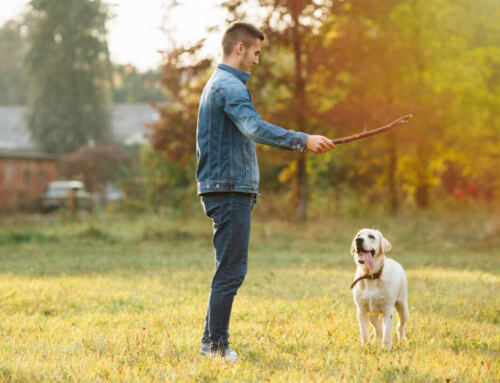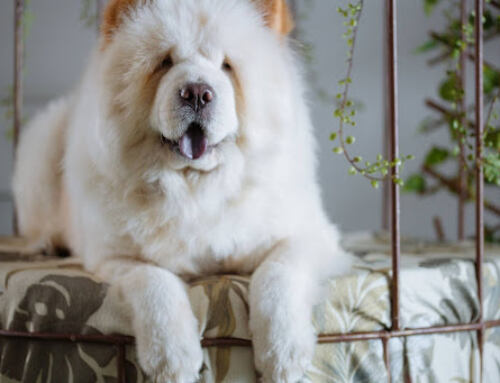It’s not uncommon for the tiniest dog breeds to have the highest life expectancies. Medium and large dogs typically only make it to 10 or 13 years of age, but small dogs can live up to 16 years or more. So, if you want to spend a lot of time with your dog, don’t get a huge breed. The average lifespan is between 8 and 10 years. The longevity of a dog may also be affected by its genetic makeup.
Dogs with longest lifespan:
Australian Cattle Dog
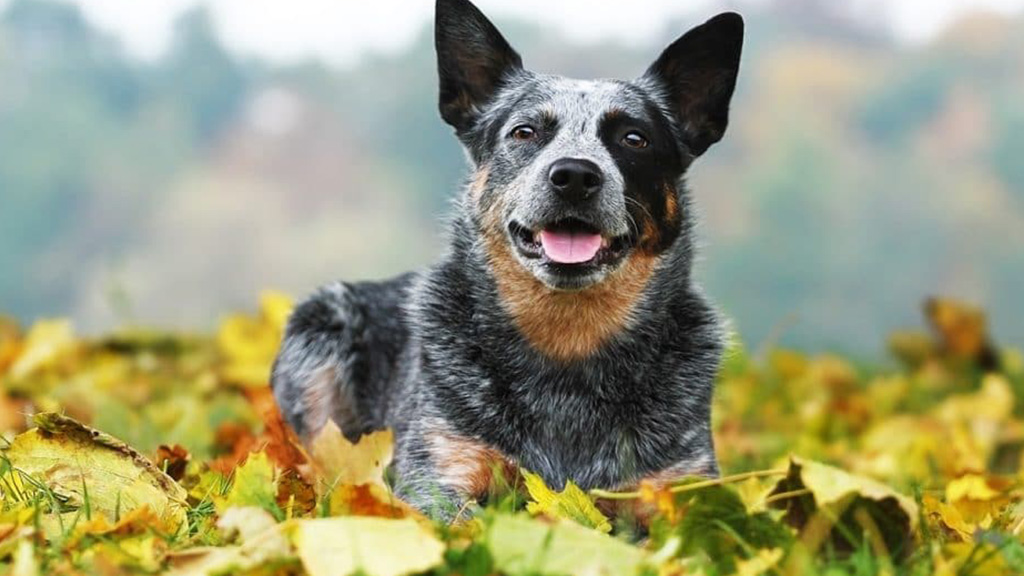
Life expectancy: 12 to 16 years
The average lifespan of an Australian Cattle Dog, a medium-sized breed of dog, is 12–16 years. Indeed, an Australian Cattle Dog named Bluey held the record of long living dog breeds in the Guinness Book of World Records. The high levels of energy in Australian Cattle Dog necessitate that they participate in vigorous physical activity, such as dog sports or farm work. Because of their high intelligence, they can be difficult to train, and they are often cautious of new people. American Cattle Dogs are protective and loyal canine companions.
Australian Shepherd
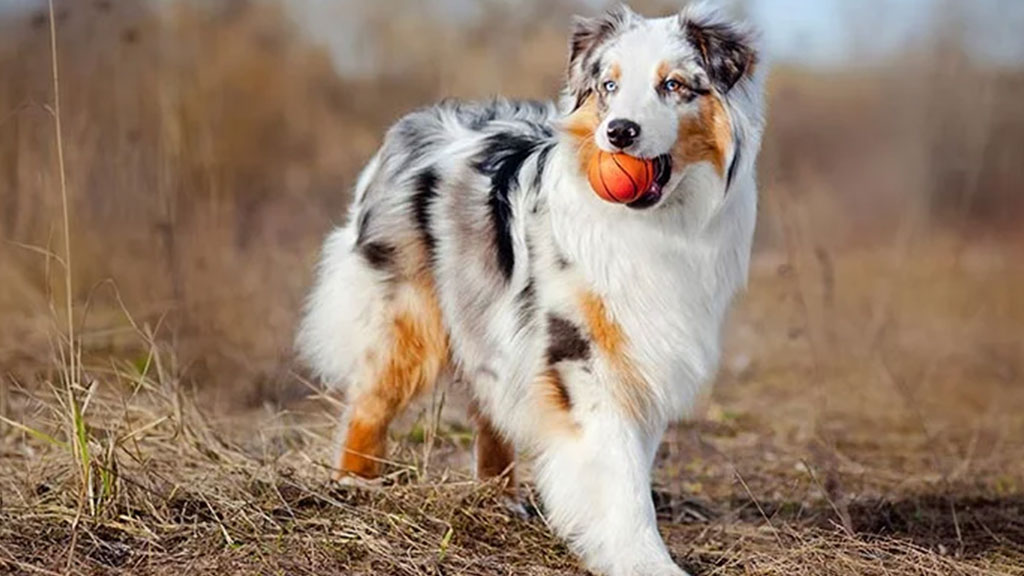
Life expectancy: 12 to 15+ years
The average dog only lives 12-15 years, but the Australian Shepherd may expect to live much longer than that. Aussies are medium-haired dogs with a reputation for intelligence and trickery. The average Aussie should run for at least an hour and a half per day. Because they are intelligent and ready to please, training an Aussie is a breeze.
Dachshund
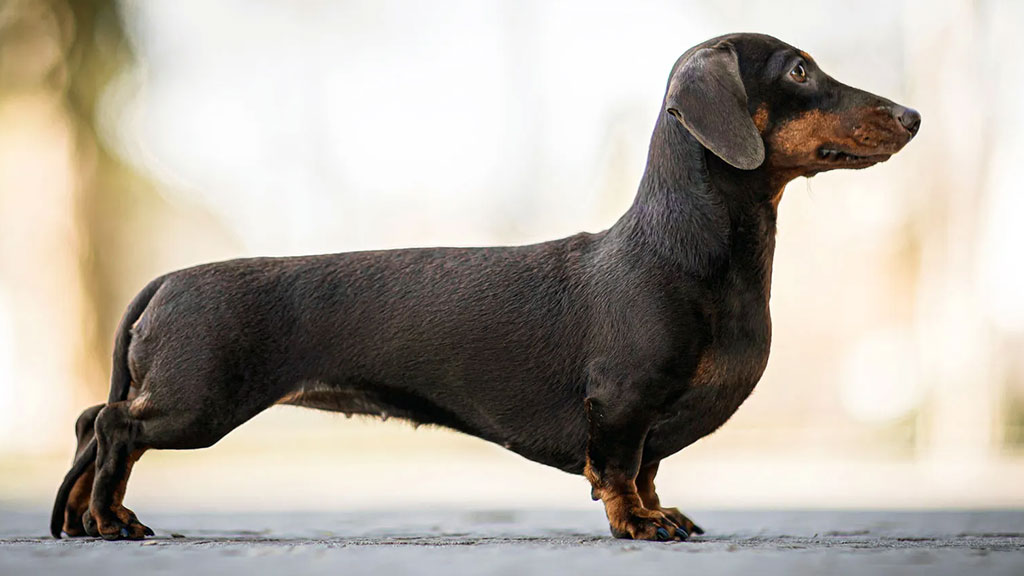
Life expectancy: 12 to 16+ years
The average lifespan of a Dachshund is 12–16 years, but one California dog named Rocky lived to be 25! They are known for their short legs and lengthy bodies and come with a variety of hair types, including smooth, long, and wirehaired. Dachshunds are known to be courageous and independent, making them great guard dogs. They need frequent exercise, but it’s not good for their backs if they’re encouraged to do things like jumping off of and onto furniture or running up and down the stairs. Although they can be difficult to teach, they are loving companions who seek out quality time with their human families.
Chihuahua

Lifespan: 14-16 years
Chihuahua are the smallest breed of dog in the world and have their origins in Mexico. These intelligent, active, and occasionally cheeky canines have profound, unconditional affection for their human families but tend to be shy around strangers. Although little, they are extremely resilient and rank among the healthiest of all dog breeds. However, despite their longevity, Chihuahuas are susceptible to developing health problems such as heart disease and patellar luxation. A chihuahua can expect to live longer than the average dog. Some people live to be 18 or 20 years old, but most people survive into their 15th year. All canines, no matter how small, need regular exercise, mental stimulation, and training. While typically healthy, this breed is predisposed to some health issues such as cardiac, dental, and ocular issues.
Shiba Inu
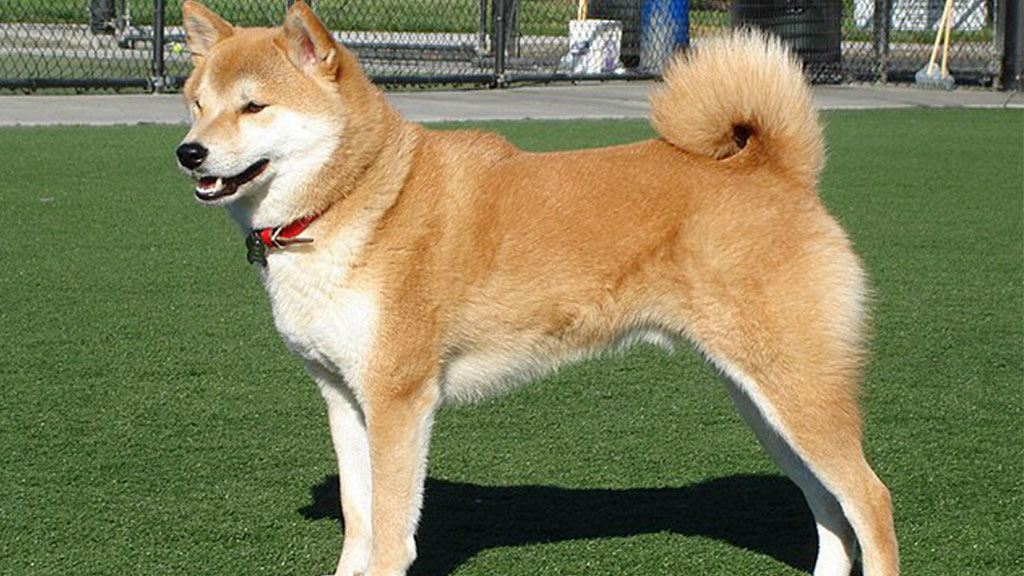
Lifespan: 13-16 years
The Shiba Inu is an old dog breed, but its foxlike features have made it a meme favorite (think “doge”). The Shiba Inu is a smart and lively companion dog. The famed “Shiba scream,” a high-pitched noise that resembles a cross between a squeal and a cry, is one way in which these canines express the strong opinions they hold. Although Shiba are generally healthy, they are susceptible to a few common health issues shared by other small dogs, including skin allergies, ear infections, and dental disorders.
The shiba inu, while being a medium-sized breed, can live for up to 16 years. Not everyone should get one of these dogs because they can be stubborn and distant. Contrarily, they are a low-noise, devoted, and spotless bunch. They can have long and happy lives with the right amount of preventative care, yet some dogs may be allergic to certain foods.
Shih Tzu
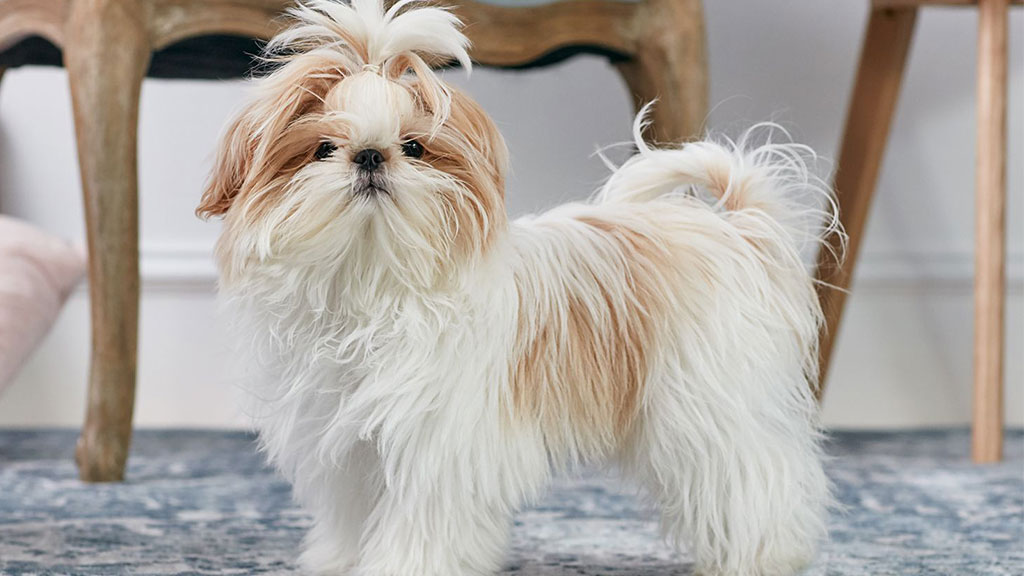
Lifespan: 10–18 years
Some people refer to Shih Tzus as “the cutest dog alive,” and they are certainly among the most popular little dog breeds. These little canines are well-behaved, low-energy, and quiet. They need regular trips to the dog groomer or regular at-home maintenance because of their long, silky hair. The average lifespan of a shih tzu is 14 years or more. These canines were developed to be kept as pets, so they need only a few minutes of exercise each day. Their long coats need to be brushed every day or clipped regularly.
Beagle
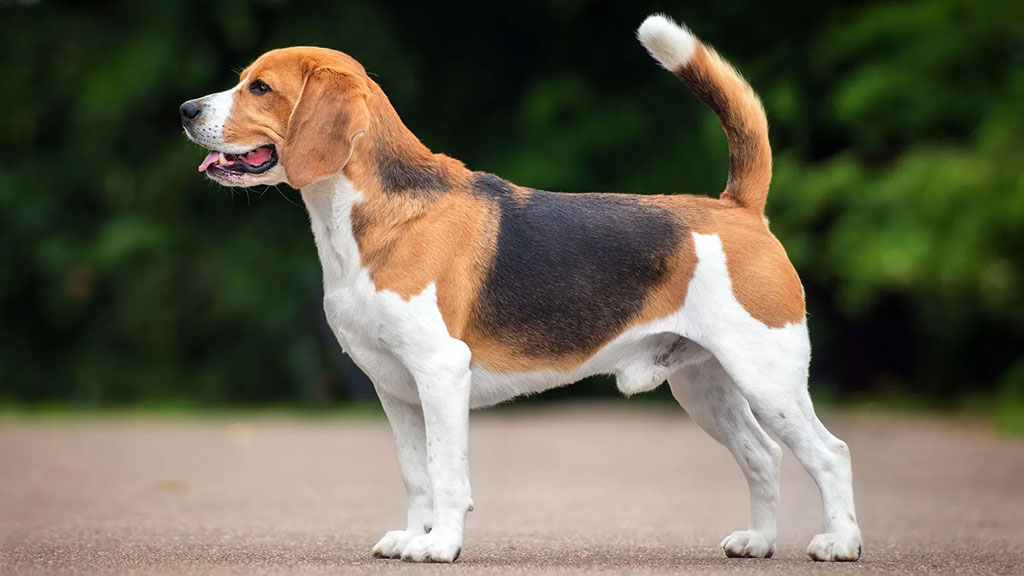
Lifespan: 10–15 years
Beagles are one of the best hunting dogs due to their innate drive to hunt and track down and kill small animals. Therefore, it may be necessary to teach them how to play with the other furry kids in the house by chasing and roughhousing. Regardless, Beagles are lively and entertaining pets. Beagles are intelligent, inquisitive, and sure to have you on the edge of your seat. The average lifespan of this friendly, talkative breed is 10–15 years. Beware of overfeeding your beagle, despite its excellent sense of smell. Any dog’s lifespan can be cut short by overweight.
Pomeranian
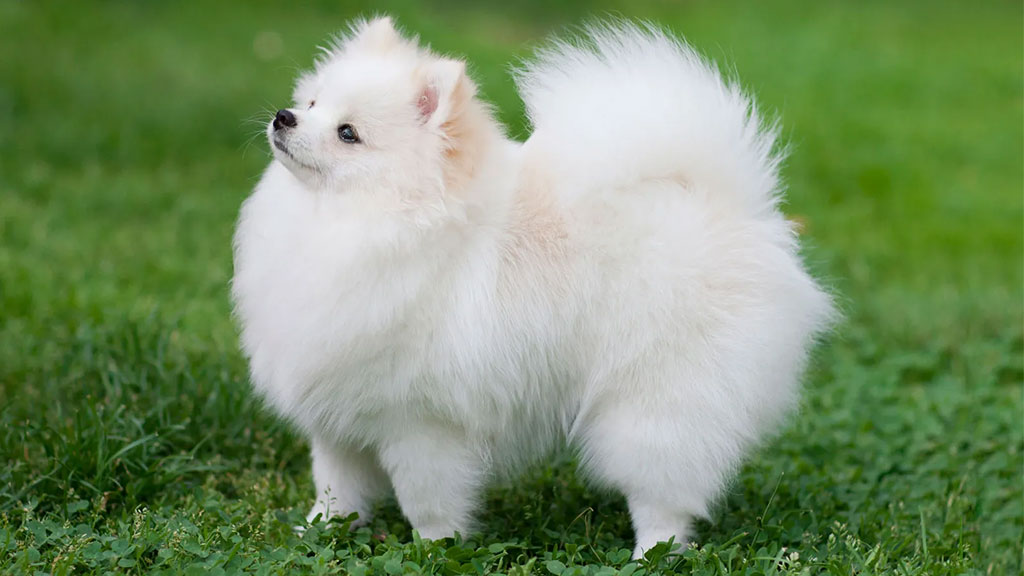
Lifespan: 12-16 years
Pomeranians are lively little bundles of fluff. Even as they get older, these dogs are still eager to please their human companions by learning new tricks and playing games. However, they can develop a variety of health problems, including hypoglycemia, collapsed trachea, dental disease, and eye problems. Consider getting pet insurance if you plan on bringing a Pomeranian puppy into your home.
Pomeranians are smart and obedient, making them easy to train. They are a well-liked toy breed, but their low-key nature makes them better suited to calmer environments. They may not be very lively, but they are insatiably inquisitive. One of the best breeds for women, its placid nature makes them ideal as purse dogs.
Miniature pinscher

Lifespan: 12 to 16 years
Demling-Riley states “Min pins are not smaller versions of Doberman pinschers, as is commonly believed”. But they do have something in common: they are both extremely extroverted and charismatic people. Their sharp ears and short tails are reminiscent of the Doberman pinscher, and some miniature pinschers even have the same black-and-tan coloring. Still, the little pinscher has its own unique charm. In other words, it has a greater lifespan.
There’s also the arrogance. The confident, high-stepping gait of a miniature pinscher is easily recognizable. This dog is an active and happy housemate. You should see some more adorable pointy-eared pets.
Maltese
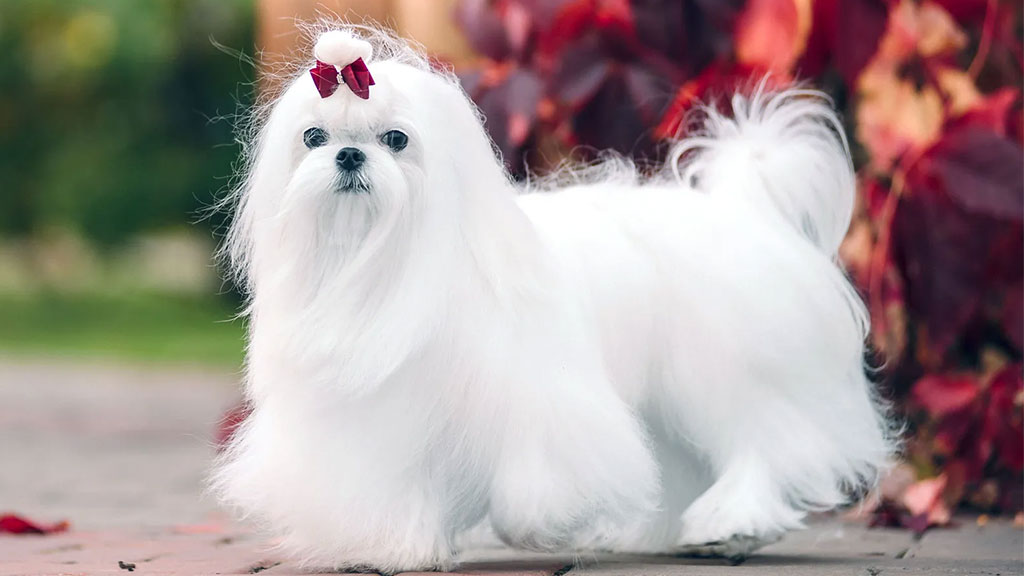
Lifespan: 12 to 15 years
These adorable puppies will steal your heart. Demling-Riley state “Dressed in all white, their larger-than-life personality is so much bigger than their four to six-pound body,” Despite their diminutive stature, families should take precautions to ensure the health and happiness of their new puppy at all times.
Maltese were coveted by Roman aristocratic women for their good looks and proportionality. In artworks from the time, a woman’s sleeve or bosom may reveal her expressive eyes. Yes, even back then, this elite canine species enjoyed a good snuggle session.
Mixed breed
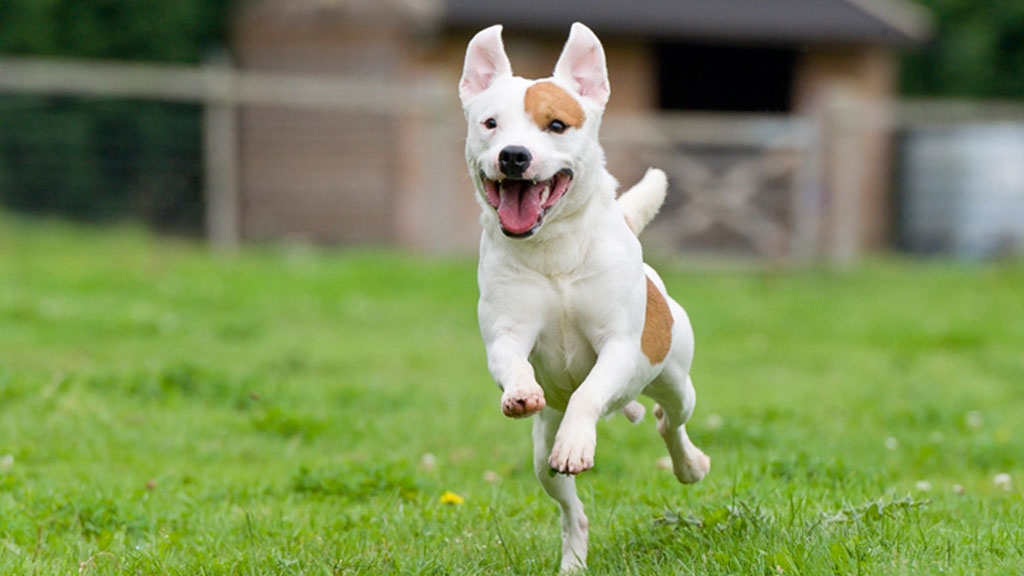
Lifespan: Varies
The standard poodle, the miniature poodle, and the toy poodle are the three lovable poodle varieties. The toy poodle weighs only five pounds and stands a scant 10 inches at the shoulder. Poodles, in all their varieties, live long and happy lives since they are one of the healthiest dog breeds, with a decreased risk of developing hereditary diseases.
In addition, they make wonderful pets because they are amiable toward both humans and other animals, including dogs. They are also extremely intelligent. Dr. Harris claims that poodles are among the most intelligent and perceptive of all dog breeds.
Factors influencing the dog’s longevity

Size and genetics
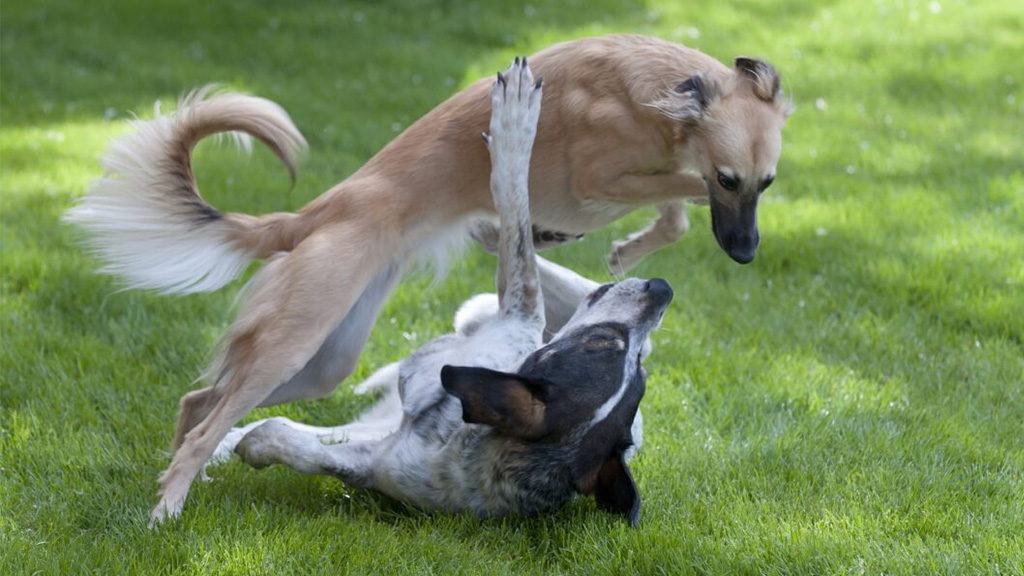
The smaller the dog, the longer its expected lifespan. Dogs of the smallest breeds tend to have the longest lifespans, with some species reaching 16 years or older. While medium-sized dogs can live up to 13 years on average, giant-sized dog breeds typically don’t make it past the 8-year mark. Some dog breeds live significantly longer than others, and this is largely due to genetics rather than physical characteristics such as size.
Lifestyle
A decent and healthy lifestyle is just as important as a longest life expectancy dog in one’s genes or the general breed. Provide your dog with a healthy food, regular exercise, and mental and physical stimulation tailored to your dog’s specific needs, and take him to the vet whenever you notice anything out of the ordinary. You may increase your dog’s longevity by providing a healthy environment for it to live in.
Appropriate Veterinary and Health Care
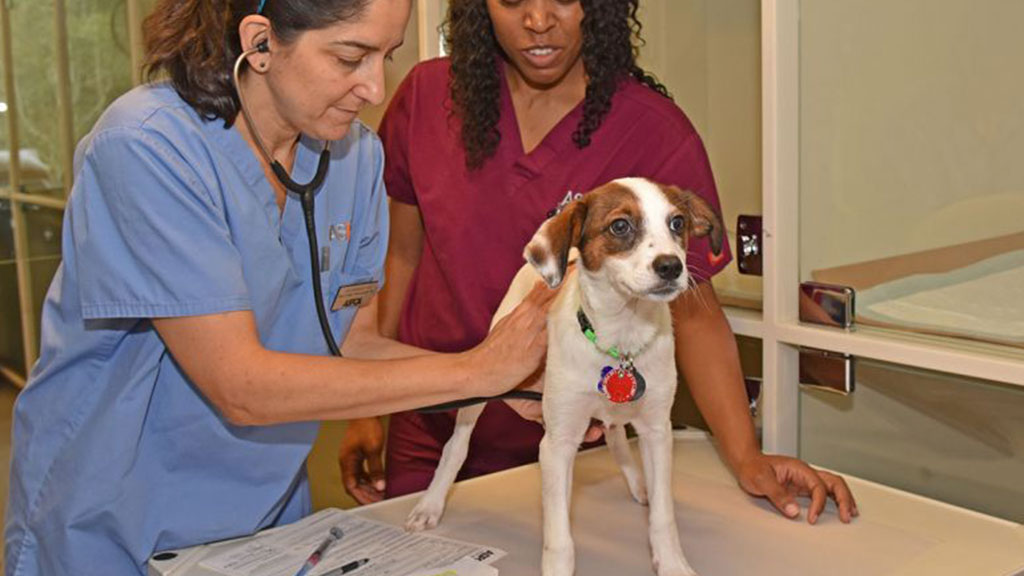
A pet’s health and well-being are interdependent. If a minor wound is ignored, it might develop into a much larger one. Pets that spend most of their time outdoors are less likely to have regular human interaction, increasing the risk that any health problems they have will go unnoticed until it is too late. A flea or tick infection, for example, can turn fatal if not addressed. Pets need more than just veterinary or medical attention to stay healthy; they also need regular grooming to prevent skin and paw infections caused by mats, loose fur, and other foreign items.
Environmental Factors
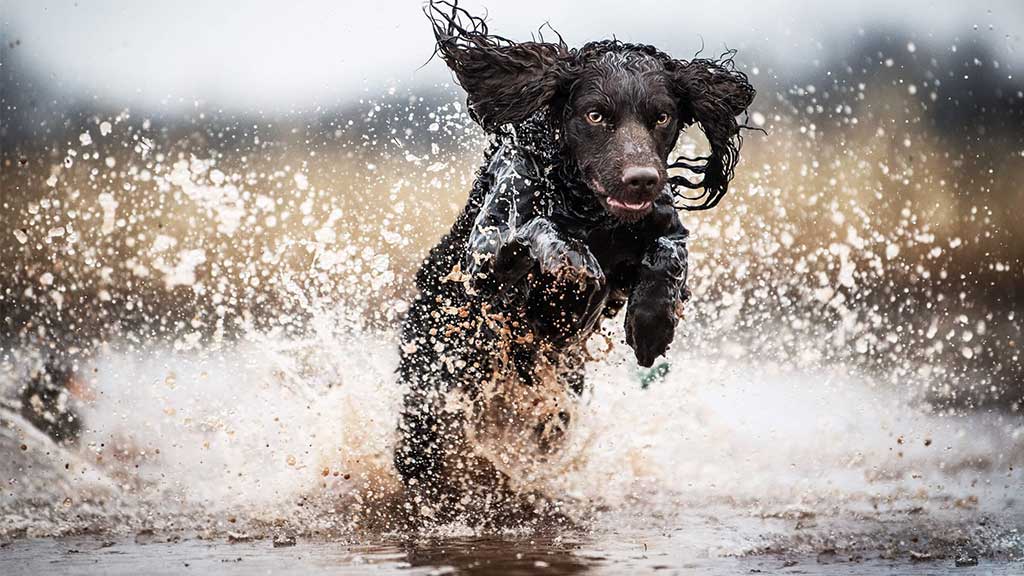
Adult dogs are much smaller than human beings. This means that they are less susceptible to the harmful effects of environmental contaminants. They have a more grounded perspective, groom themselves with their mouths, and utilize their noses to investigate their surroundings to a much greater extent than we do.
This makes them more susceptible to the harmful effects of chemicals such as those found in synthetic lawn fertilizers, herbicides, insecticides, and de-icing salts. Long-term exposure to the weather can also be very stressful for pets that live outside. This includes grueling conditions including freezing temperatures, torrential downpours, icy winds, and scorching sun. These forms of stresses can hasten the aging process in pets.
Living the Good Life

A long and happy life for pets is possible when their owners provide them with the finer things in life. Pets living in comfortable conditions are significantly less stressed by several of the aforementioned factors. They are well-loved and cared for, and they face minimal environmental stress. There is a correlation between the number of stressors in a pet’s life, the quality of their health, and the length of their life.
Final Thoughts
Dogs are an integral part of society because of the extraordinary friendship and love they offer their human masters. It is the responsibility of the dog’s owner to offer a healthy environment, regular veterinary treatment, and a balanced diet so that their pet can enjoy a long and happy life. Providing our loyal companions with love and support will always guarantee that they lived a happy and fulfilled life on Earth, even if this goal isn’t always feasible due to unforeseen circumstances. The smallest dog breeds, such as Chihuahuas, have been found to live the longest. We found that size isn’t the sole element in determining how long a certain breed of dog will live by including numerous medium to big breeds on our list of long-living dogs.


